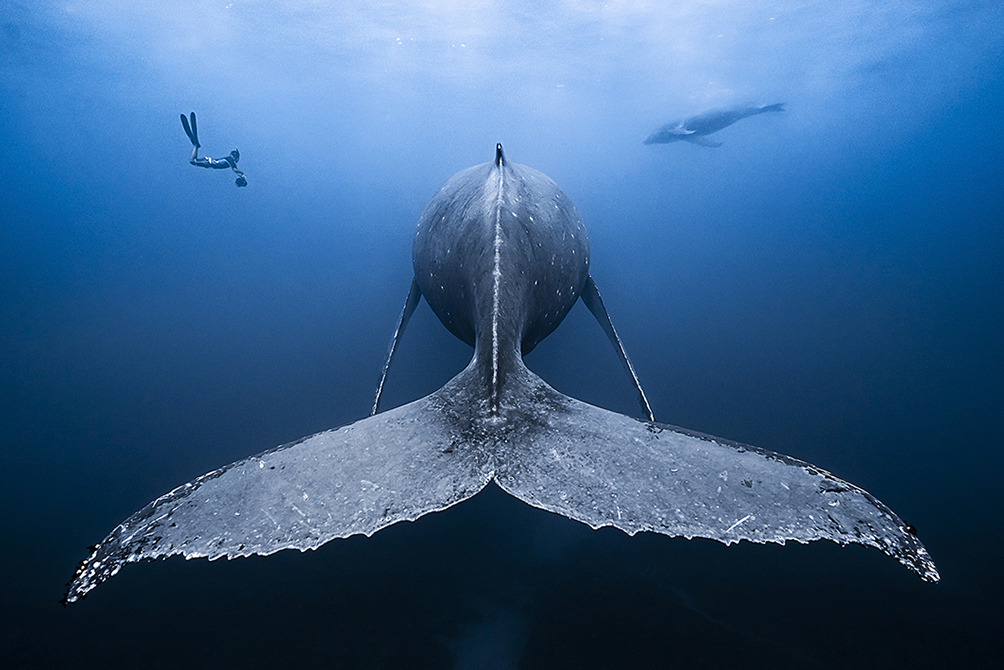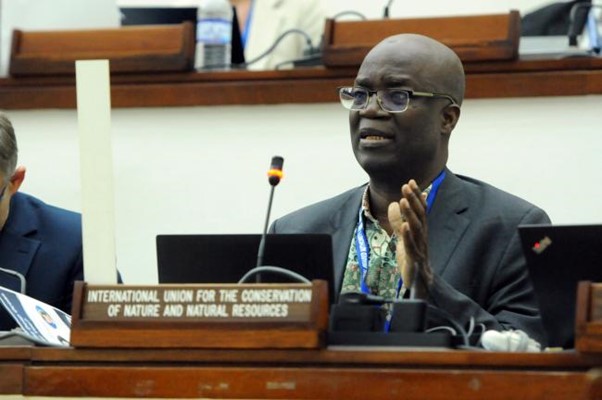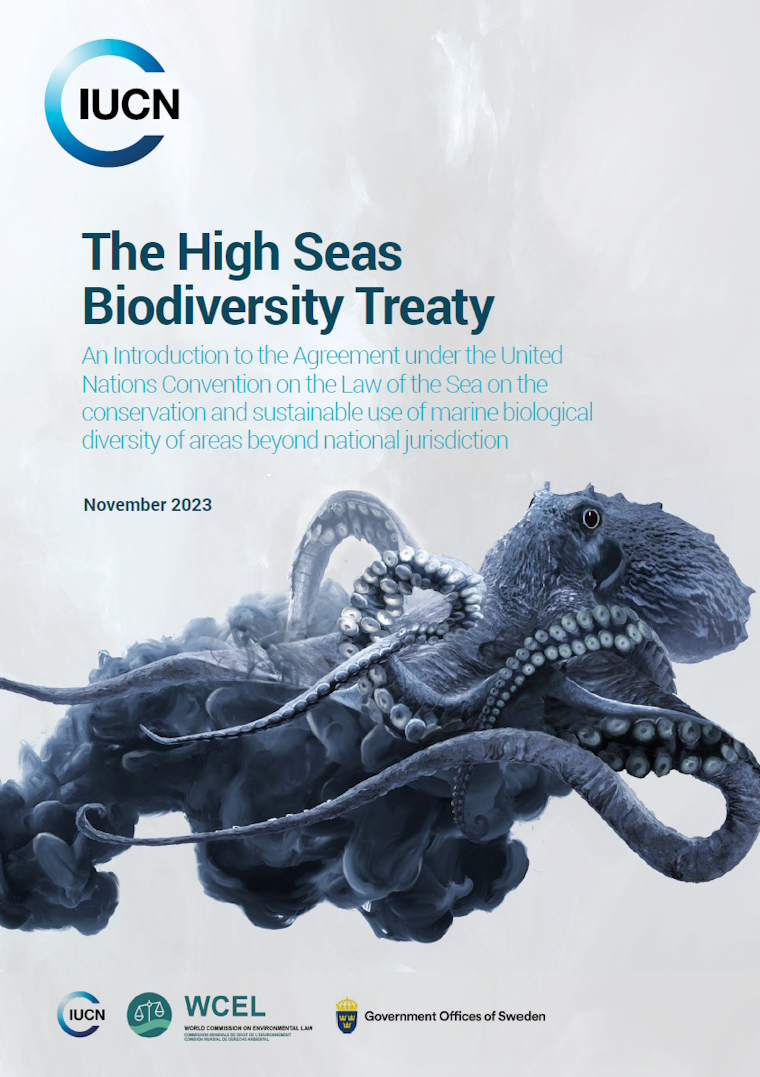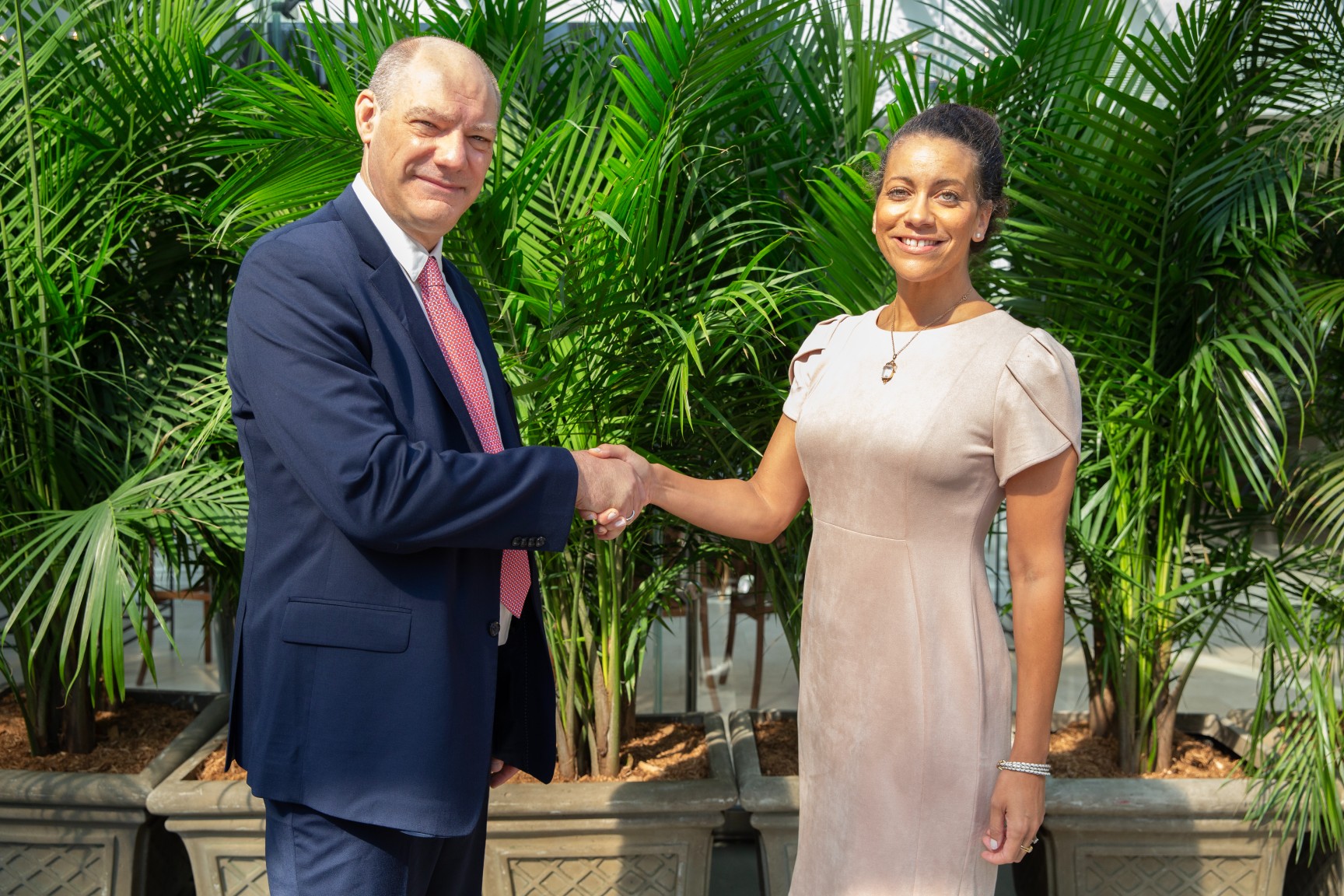Fair winds and following seas so far for protection of biodiversity on the high seas, but safe harbour still to be reached
IUCN, the International Union for Conservation of Nature, celebrates the adoption by consensus of the High Seas Biodiversity Treaty*, 19 June, New York UN, by all United Nations member states, and looks to what needs to happen next for momentum to be maintained.

With the unprecedented climate-change multi-stressors of ocean warming, deoxygenation, acidification, and marine heatwaves that the ocean faces today, coupled with pollution and overfishing, it is high time for life in the high seas to be protected, conserved, and used in a sustainable manner. A healthy, thriving, and productive ocean is fundamental for the survival of humankind.
We have once again shown that we can deliver on the promise of multilateralism for protection of our planet. Global threats need global action. We now need to enact the enabling conditions for timely, effective, fair and equitable implementation. It has been a long journey, that many colleagues have been part of, and I would like to honour them all, especially the President Ambassador Rena Lee for her dedication, hard work and inclusiveness.”
Minna Epps, Head, IUCN Ocean Programme
IUCN Commissions have provided independent legal and scientific expertise throughout the decades long processes of BBNJ Treaty negotiations and, through its Members, IUCN has called for High Seas protection in resolutions as far back as 2000.
IUCN expresses its thanks to the President and Bureau, the Facilitators, the group leaders, all delegates and observers, and the effective work of the UN Division of Ocean Affairs and Law of the Sea (DOALOS), all of whom have brought us to this point.
IUCN is particularly thankful to the States for enabling the participation of observers including civil society. As a result, IUCN was able to support the negotiations with scientific and legal advice through its multidisciplinary experts, including marine biologists, finance experts, and international lawyers knowledgeable in intellectual property, environmental, and treaty law.
What next?
IUCN now calls on all States to sign the High Seas Biodiversity Treaty in September 2023 and for at least 60 States to ratify it swiftly in order to bring it into force as soon as possible and no later than 2025. The ratification process by individual states means finding approval for the treaty on the domestic level and enacting the necessary legislation to give domestic effect to the Treaty.
Early entry into force, preparations for the first Conference of the Parties (COP), national implementation, and the prompt establishment of its institutions will be key in achieving the objectives of the treaty.”
Cymie Payne, Chair IUCN OCEAN Law Specialist Group of the World Commission of Environmental Law
IUCN encourages delegates to request a Preparatory Commission, by the end of 2023, to prepare for the effective implementation of the High Seas Biodiversity Treaty once it enters into force. To be successful, significant upfront investment will be needed from public and private actors. We need to set a resource mobilization target, followed by a donor pledge conference to enable capacity building for ratification and early implementation.
Investment into high seas solutions in the form of public-private partnerships can be financially viable, but at this point countries need capacity-building support to develop the domestic processes to support rapid ratification and implementation of the new treaty.”
Torsten Thiele, Founder, Global Ocean Trust and Affiliate Scholar at IASS
These upfront investments should be used to develop legislative and institutional capacity for State signatories to enable them to prepare for the entry into force and implementation of the Treaty. This capacity building must include science, knowledge and technology.
IUCN is committed to continue supporting its Member States, other States and stakeholders to lay the foundation for rapid, effective, and equitable implementation.
*The full name of the Treaty is The third implementing Agreement under the United Nations Convention on the Law of the Sea (UNCLOS) on the conservation and sustainable use of marine biological diversity of areas beyond national jurisdiction, also known as BBNJ.
Disclaimer
Opinions expressed in posts featured on any Crossroads or other blogs and in related comments are those of the authors and do not necessarily reflect the opinions of IUCN or a consensus of its Member organisations.
IUCN moderates comments and reserves the right to remove posts that are deemed inappropriate, commercial in nature or unrelated to blog posts.



